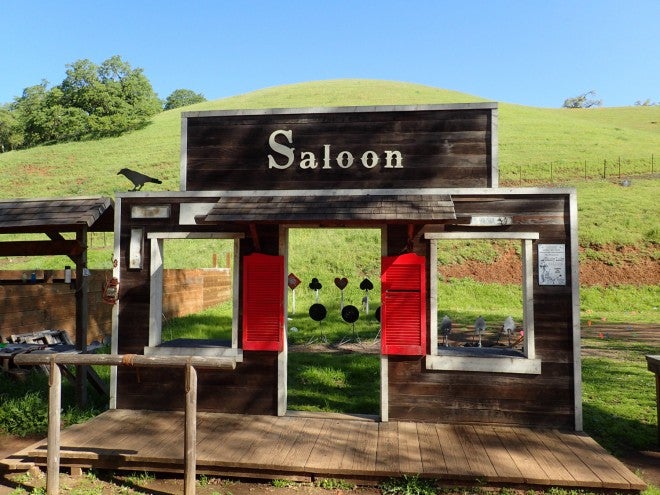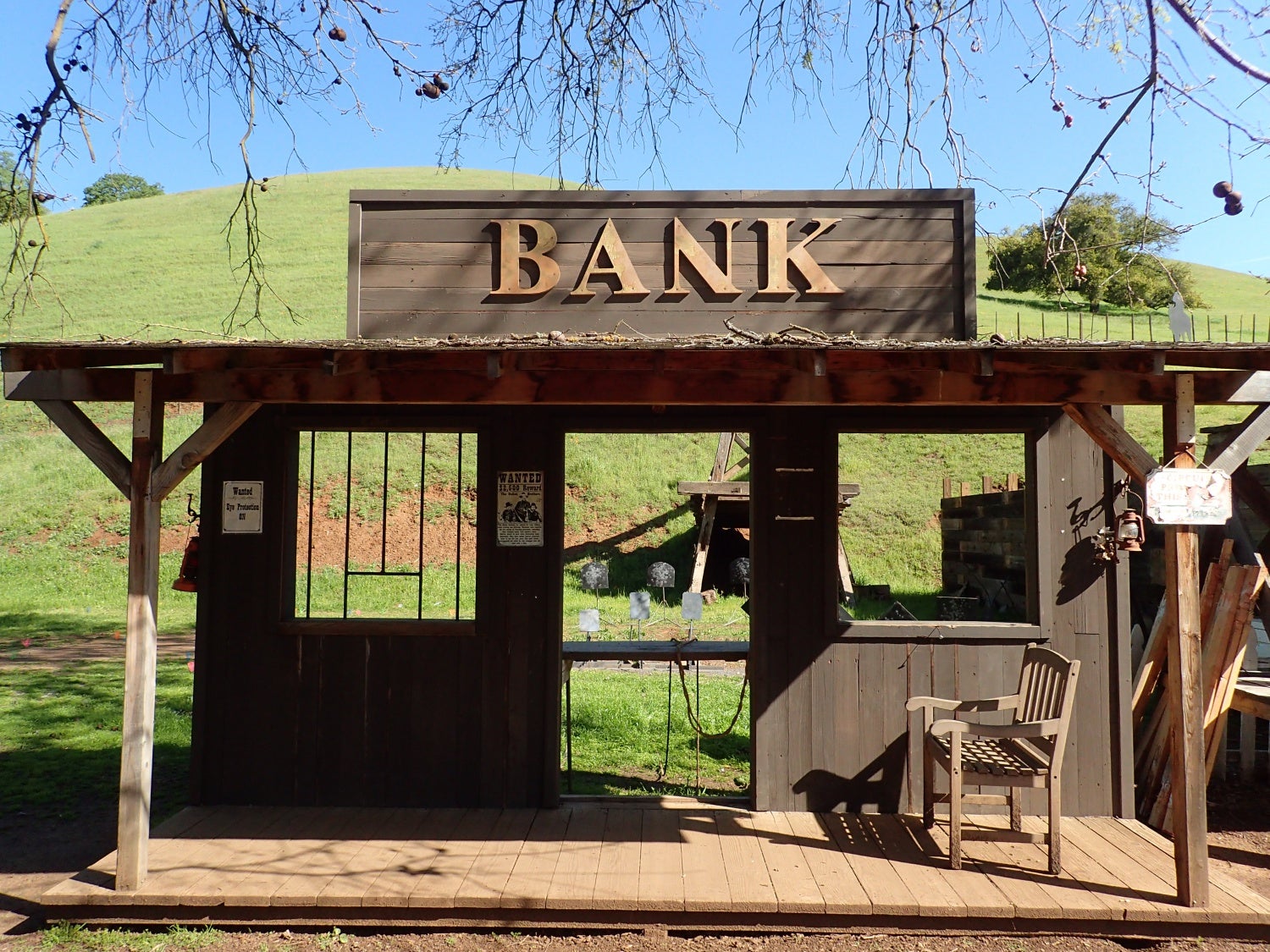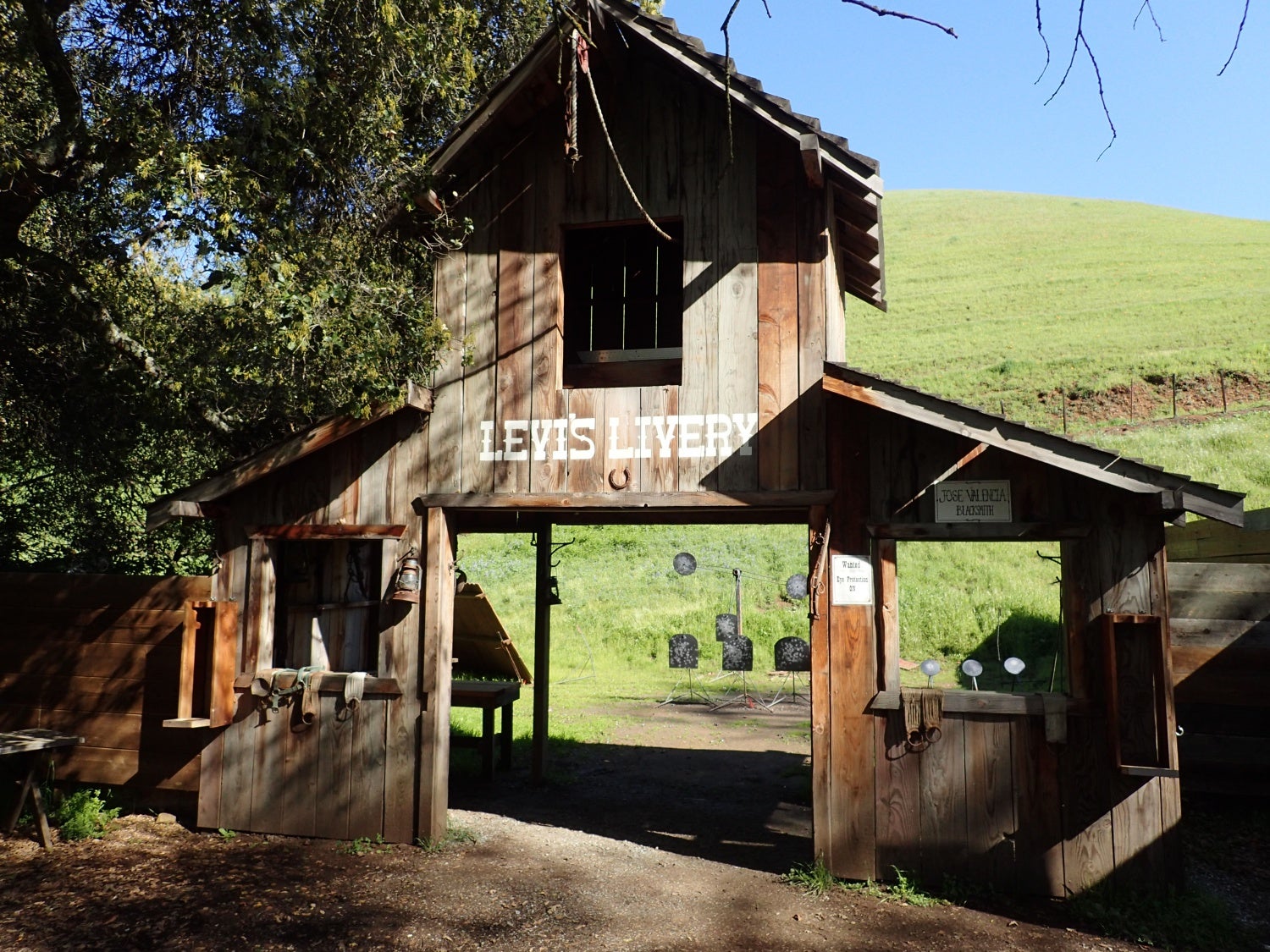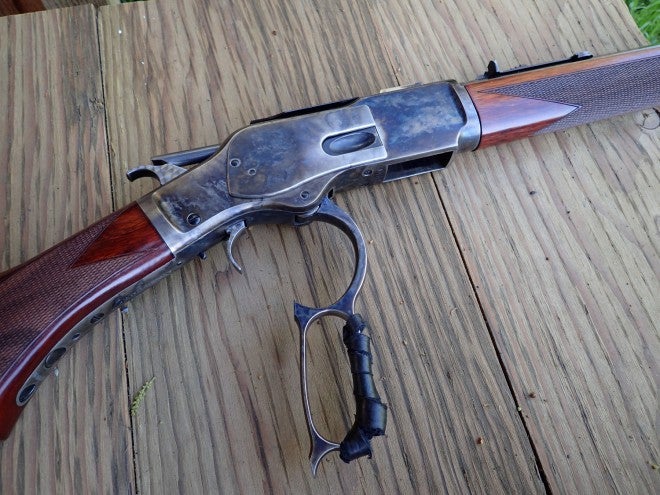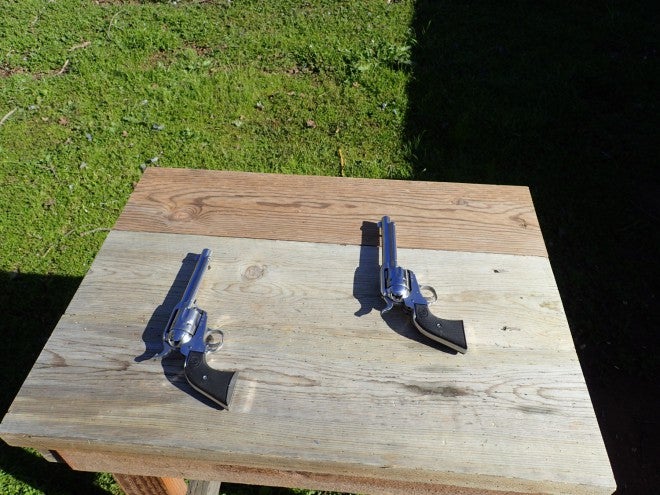While I have put in many hours of square range time and attended serious training as well, I love shooting sports; they’re fun, informative, and a great way to practice. One can also make new friends, and sports afford the opportunity to either just have fun or competitively push oneself to better one’s skills with firearms. The love of shooting sports is a big reason why I am an IDPA RSO (International Defensive Pistol Association Range Safety Officer). Recently, I wanted to expand my horizons and try a new challenge. I was attracted to SASS (Single-Action Shooting Society) for a few reasons: The focus on fun appealed to me, as well as the challenge of using “period correct” firearms, carry, and ammunition management. Given that I am a “greenhorn” to the sport, I wanted to take an introductory course. I have seen many people struggle when attending an IDPA match for the first time, and while I try to help them as much as possible, it can be difficult to do in large matches. I didn’t want to be a boat-anchor at my first SASS match, so an “Introduction to SASS” course appealed to me. As luck would have it, I would be passing by Coyote Valley Cowboys range in Morgan Hill, CA on my travels, and they offered such a course.
- Bank bay
- Saloon Bay
- Livery Stable Bay
- Stagecoach Bay
From a distance, the range looked like many ghost towns one can find in the American West. I was impressed at the effort that went into creating this replica western town, complete with a corral, bank, stagecoach, saloon, mine shaft, and livery stable. It certainly helped create an appropriate setting for SASS shooting. The course itself involved 100 rounds, and instruction on the rules and equipment, and sample courses of fire used in SASS. The firearms and ammunition were provided, which was fortunate as I did not as of yet have a SASS-appropriate shotgun. The firearms provided were two stainless Ruger Vaqueros and a Taylors 1873 Trapper Rifle in .357, as well as a 12ga. Stoeger Coach Gun. The 1873 was quite interesting to me, as it has been slicked up with a polished and jeweled hammer and trigger, a large brass front sight, and a short stroke kit, which shortens the throw of the lever when ejecting and chambering rounds.
- The 1873, note jeweling and short stroke kit, as well as the deletion of the lever lock
- Vaqueros
- .357 Lever action and 12ga Stoeger Coach Gun
My instructor was dressed for the part as well, in order to demonstrate accepted methods of carry and ammunition management during the courses of fire. SASS does have a period-appropriate dress code, and requires the use on an alias for your “character” as well (I’m having a hard time deciding between Gabby Johnson and Gus Chiggins). He ran me through the way that their particular club ran the match (cold range), acceptable ways of transporting firearms between stages (barrel-up if not holstered), and loading firearms for stages. A point of interest was that revolvers had to have five loaded with the hammer down on an empty chamber. This is to keep things even between revolvers with no hammer block or a firing pin integral to the hammer and more modern revolvers with hammer blocks. Stages of fire incorporated all three types of firearms, fired at steel targets. The Vaqueros and the Taylors/Uberti 1873 rifle were very easy to shoot, and the large brass front sight on the 1873 made for quick target acquisition, especially on the swinging steel targets. The Stoeger coach gun was easy enough to shoot, but I will have to practice reloading a side by side quite a bit to get proficient. Side by side shotguns used in SASS cannot have ejectors, so my instructor recommended that I polish the chambers of such a shotgun so that I can reload a lot easier. I was given the extremely kind offer from one of my friends of using their 1897 trench gun, which is SASS legal, but I am too afraid of potentially destroying a piece of history, as match use can quickly wear out guns that are more than 120 years old. SASS also has a rimfire/.410ga division for those under 13 called “buckaroos”, and this range had a whole bay devoted to such competitors, with about 50 rimfire targets.
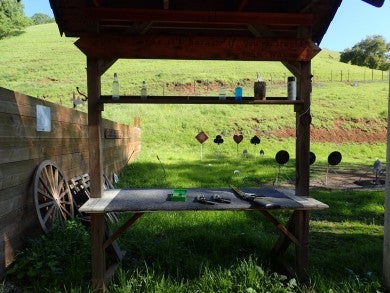
Shooting for suits
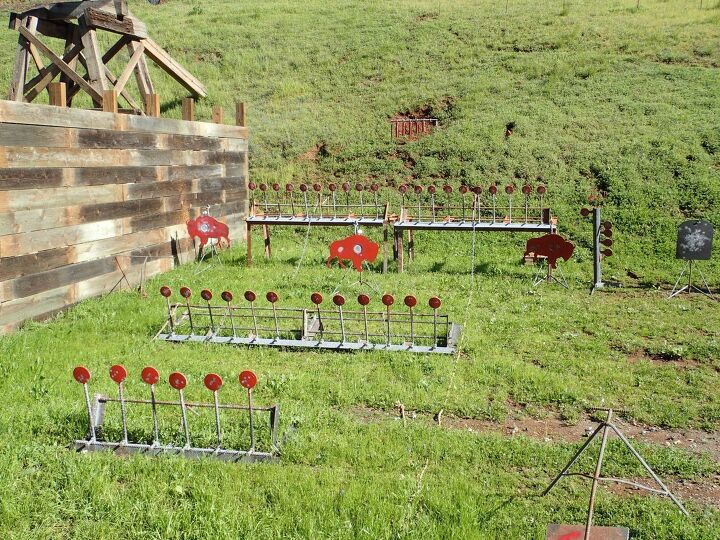
The “Buckaroo” Bay
As with some other shooting sports, there are different divisions that use different equipment, and in the case of SASS, propellants and costumes factor into that as well. In the case of propellants, this is to ensure even footing for those who’s view of the targets would be obscured by the use of black powder. I believe I will be competing in one of their more basic divisions, “Classic Cowboy”. All said and done, the course was fun, the instructor very personable, and I will definitely be participating in SASS matches in the future. If you have any interest in SASS or any other shooting sports, this author would highly encourage you to find somewhere that has such introductory courses in order to better to learn the sport, and see if it is for you. If one’s experience with firearms thus far has been limited to square range shooting, one should give competitive shooting of any kind a try. Firearms proficiency is a perishable skill, and competition can be a great way to keep things fresh. And remember:

Some wisdom from The Duke
For more information on SASS, please visit SASS’s official website or Coyote Valley Cowboys.
Many thanks to Hangin’ Hank, Coyote Valley Cowboys and Coyote Valley Sporting Clays
 Your Privacy Choices
Your Privacy Choices
